Gonnostramatza
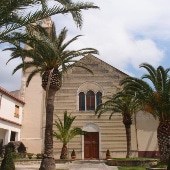
PARISH CHURCH OF ST. MICHAEL THE ARCHANGEL
The church replaces the previous 16th-century temple, whose quadrangular cross-vault apse are still visible.
In 1907, the parish archive still had a copy of the contracts related to the reconstruction of the church sponsored by the then rector Giovanni Garau. These contracts were signed between the 17th and 18th centuries, as reported in the archbishop of Cagliari Monsignor Pietro Balestra’s report.
More...
Architecture
The 18th-century reconstruction works gave the church its current appearance: three chapels along each side of the nave, growing in size towards the presbytery; the sacristy is accessible both from the right side of the transept and from the apse.
In the second half of the 18th century, the bricklayers Efisio Mura and Antioco Serpi, from Cagliari, under the supervision of the Franciscan Pasquale Uccheddu of St. John the Baptist, built the bell tower and installed the clock. The damages due to exceptionally bad weather in 1899 led to the demolition of the belfry and the clock’s internal gears.
The whole façade is crossed by horizontal courses; under the pitched-roof, Lombard bands and the central trifora represent some elements of the early 20th century neo-Romanesque style.
Decorations and furnishings
The church preserves a valuable collection of works of art and sacred furnishings. The Annunciation retable painted by Lorenzo Cavaro in 1501 is the most representative of the whole collection. This altarpiece comes from the church of Saint Paul in the desert, which disappeared along with the town of Serzela, and represents an interesting example of late-Gothic Sardinian painting. It is inspired by the coeval Catalan production and includes references to the Renaissance painting.
Among the marble furnishings, the presbytery altar with its wooden upper body and the marble altar sculpted by the intelvese artist Michele Spazi, in 1772, is another remarkable piece of the collection. The bricklayer Gerolamo Marchias built the old floor, that was replaced in 1857 by a new marble flooring.
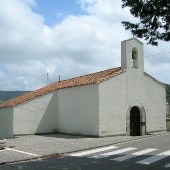
CHURCH OF ST. ANTHONY
Officiated in the second half of the 17th century, as documented by some burials reported in the Quinque Libri records, this church was originally annexed to a cemetery, demolished in the 1970s.
More...
The architecture of the church of St. Anthony is quite simple: single nave church, whose apse communicates with the sacristy, that externally looks like an annexed body northward. The church has two entrances, one of which on the side, that allow access to the liturgical area. The façade presents a pitched-roof and is topped by a small bell-gable. A number of niches outside the church housed different simulacra; however, the layers of plaster on the walls have covered them.
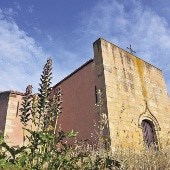
SAINT PAUL’S CHURCH
Although today the church is a rural sanctuary, it represents the last evidence of the lost town of Serzela, located along the left bank of the Mannu river.
More...
In 1680, the bricklayer Battista Landis, from Ales, rebuilt the church between 1692 and 1695; the building was later redecorated by the painter Pietro Giovanni Pola. A few years later, the church received some new equipment: the craftsman Raffaele Scarpinati forged the new bell and the silversmith Francesco Altea forged an incense-boat for liturgical purposes.
The closeness and jurisdictional relationships with the nearby town of Sardara fostered the participation of artisans and vicars of such town in the life of the church: for instance, in 1716 the bricklayer Efisio Mura carried out some restoration works.
Inside the church, a plaque commemorates the raid in Uras by a group of Saracen pirates.

POLO MUSEALE MASULLAS
More...
...allodiale, con la prerogativa di successione anche per linea femminile e l’esercizio in sede giurisdizionale del mero et mixto imperio, che concede il potere di amministrare la giustizia sia nel civile che nel criminale.In ogni curatoria o baronia appartenente al Marchesato vengono istituite le curie baronali e sono nominati i diversi giudici. Le cause sono spesso di natura fiscale, altre riguardano fatti criminali. L’amministrazione della giustizia feudale risulta però confusa e arbitraria: curie senza archivi ordinati, personale dotato di scarsa preparazione, corruzione e connivenza con i bandos organizzati, carceri ridotte al solo ceppo e in locali molto ristretti.
Masullas, oltre alle milizie, ospita in questi locali la curia baronale con le relative carceri.
Nel 1564, per fermare lo strapotere dei baroni nell’amministrazione della giustizia, il sovrano spagnolo Filippo II istituisce il tribunale della Reale Udienza, che giudica in appello sulle cause tra vassalli, villaggi e feudatari.
A farne parte sono letrados esperti in materie giuridiche. L’incarico più importante all’interno della magistratura è il Reggente della Reale Cancelleria, coadiuvato da altri giudici, come l’Avvocato Fiscale.
In seguito alla richiesta degli Stamenti nel Parlamento, nel 1651 viene istituita la Sala Criminale della Reale Udienza, con competenza sulle cause di natura penale.
Il ruolo che la Reale Udienza assume nel corso del periodo spagnolo non è meramente giuridico, poiché essa col tempo diventa un organo consiliare che supporta i viceré nel governo del Regno.
Info
Ex Convento dei Cappuccini
Via Cappuccini, 57
09090 MASULLAS (OR)
Sardegna
Italia
coopilchiostro@tiscali.it
Collegamenti
- Atti amministrativi
- Termini e condizioni
- Privacy Policy
- Cookie Policy
- CEAS
Newsletter
Iscriviti alla nostra newsletter per rimanere aggiornato sugli eventi del polo museale del comune di Masullas
SOSTEGNO PUBBLICO
PROGETTO NEOLITHIC PARK 3D
CUP: E78D17000220007
Bando CultureLab “Sostegno finanziario alle imprese del settore culturale e creativo per lo sviluppo di progetti culturali innovativi”


